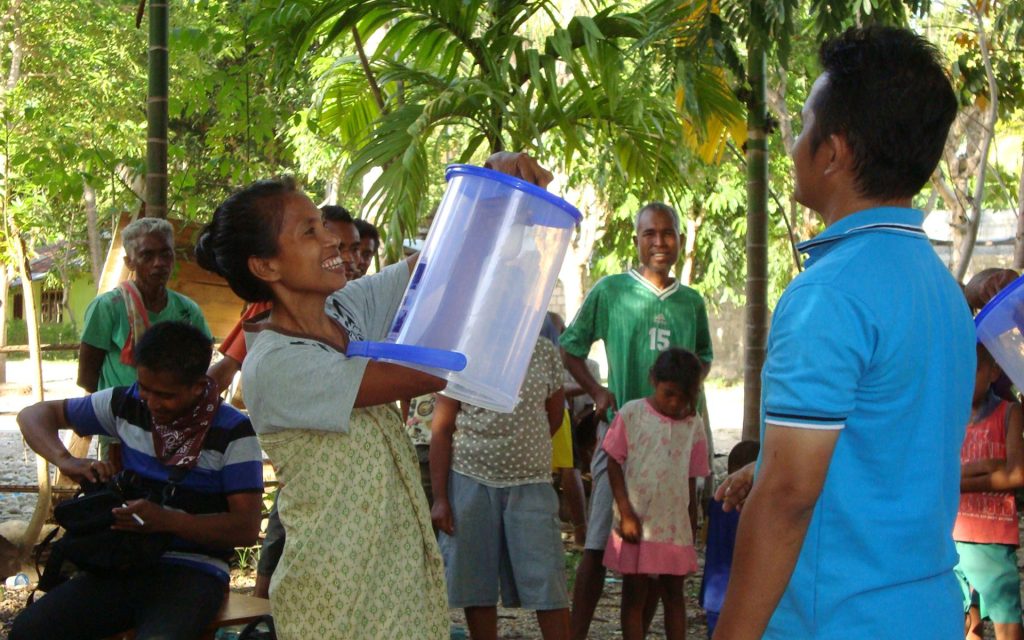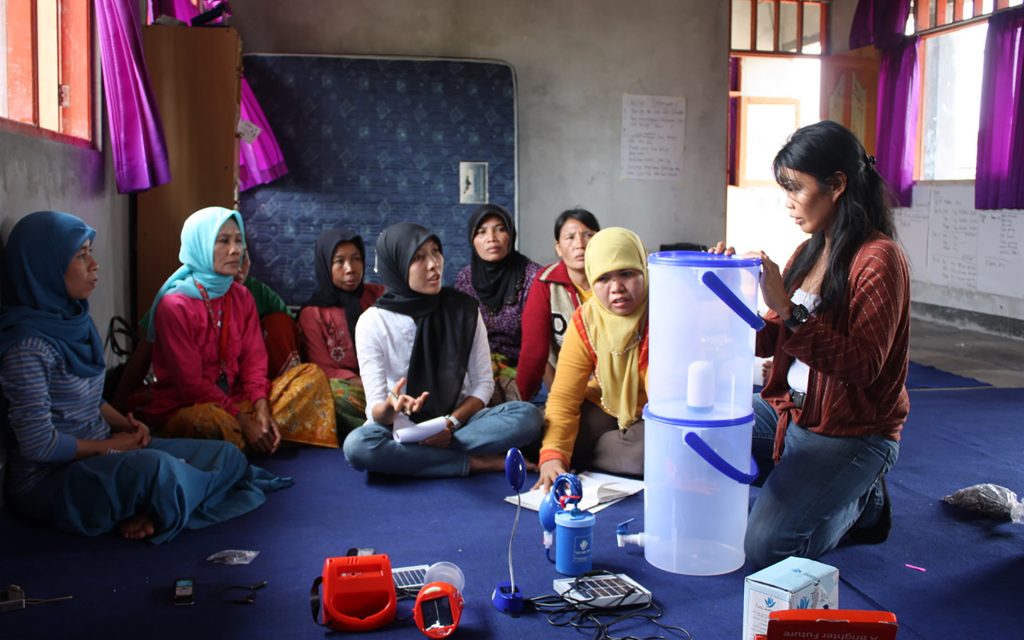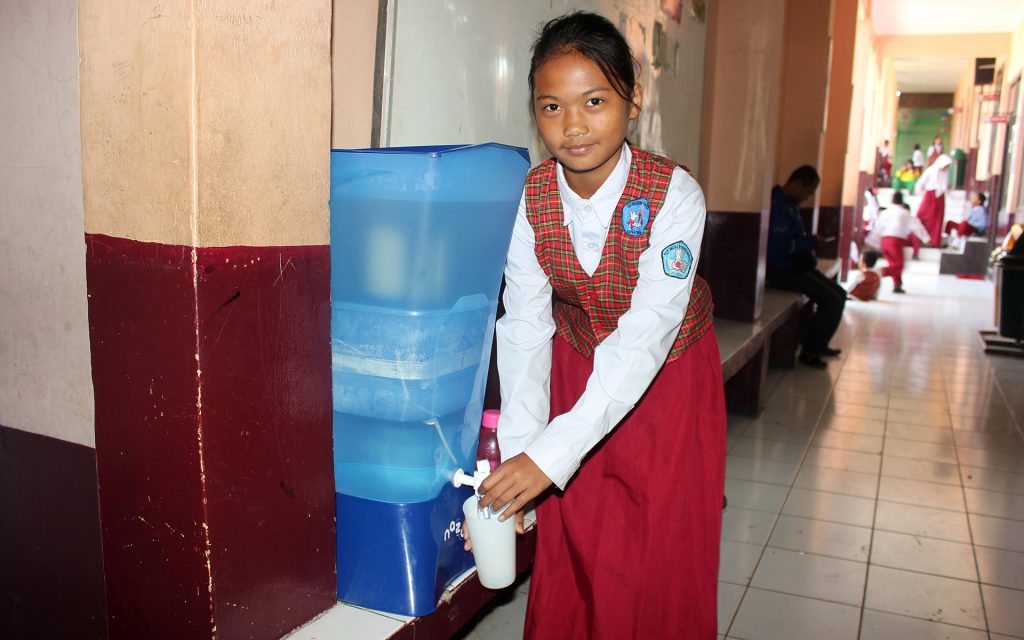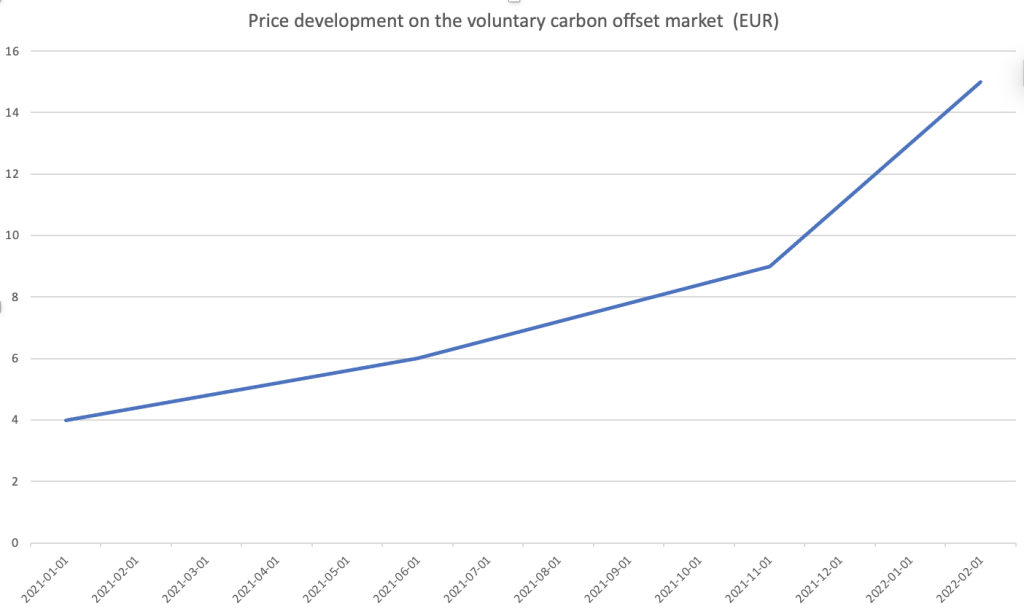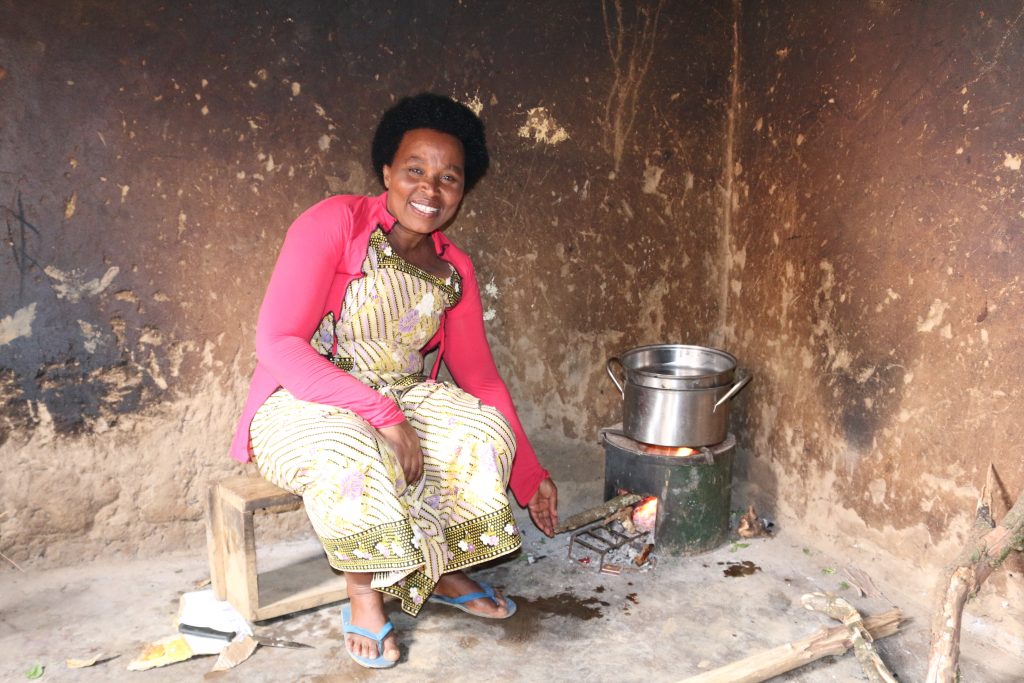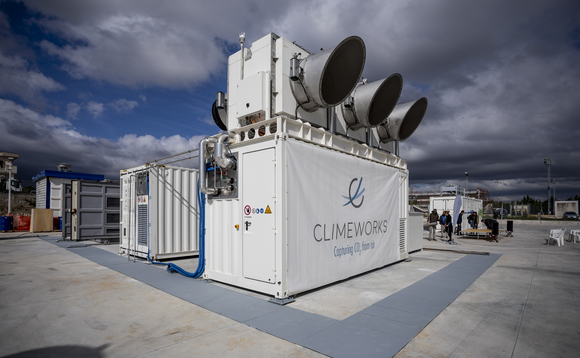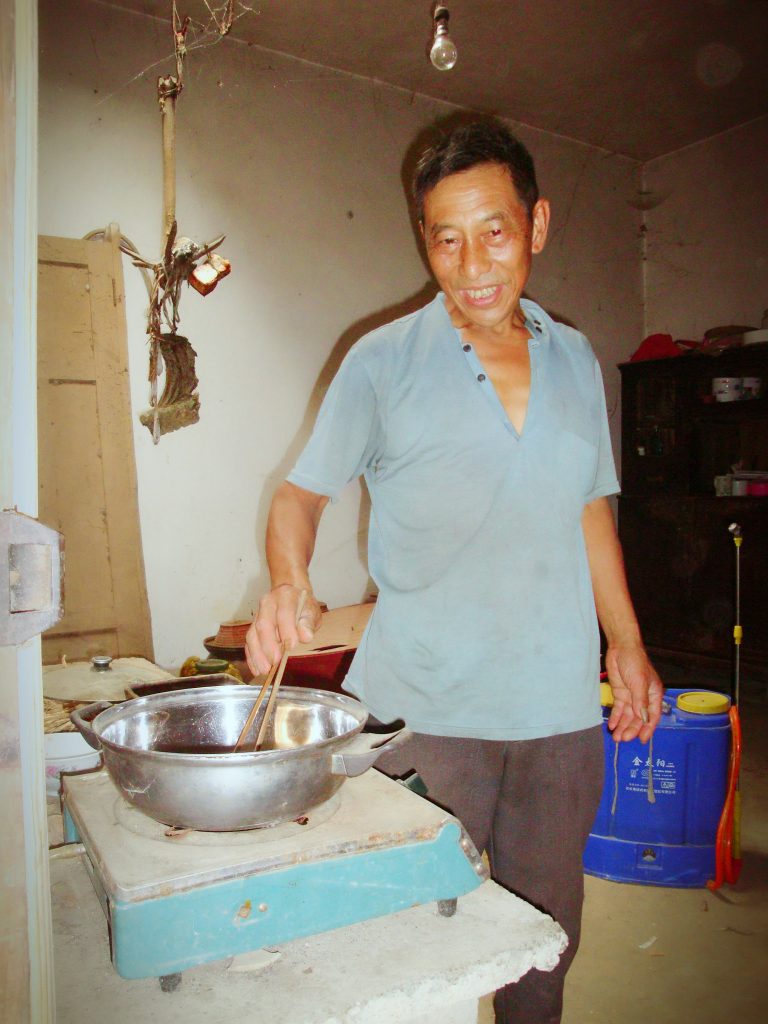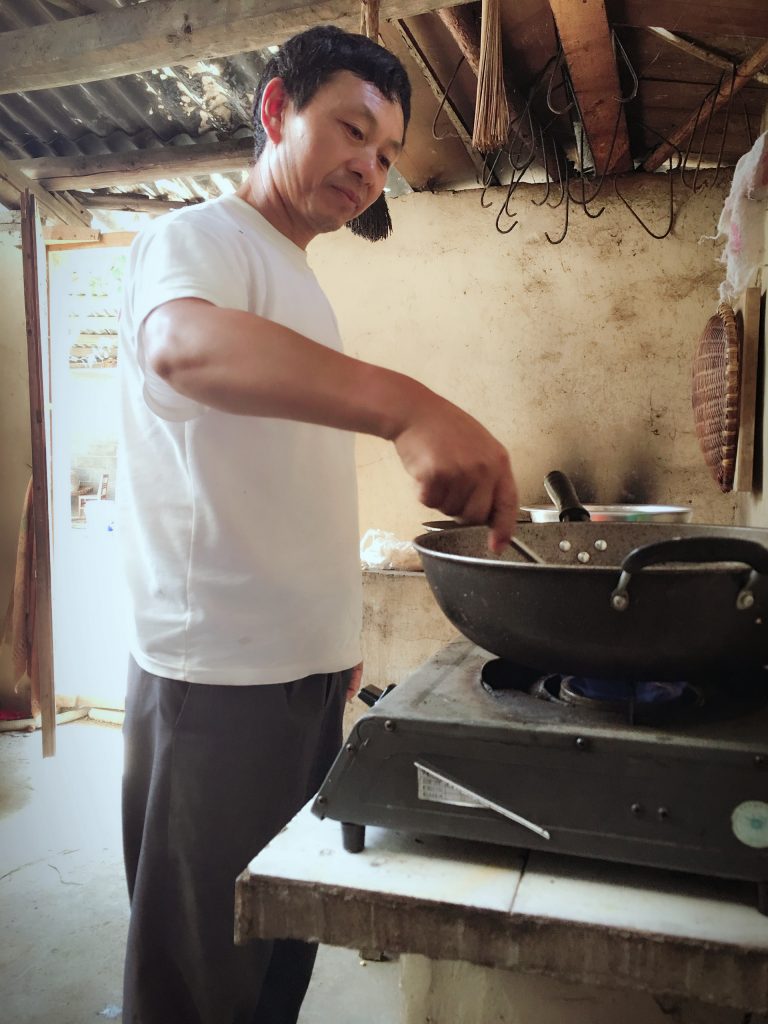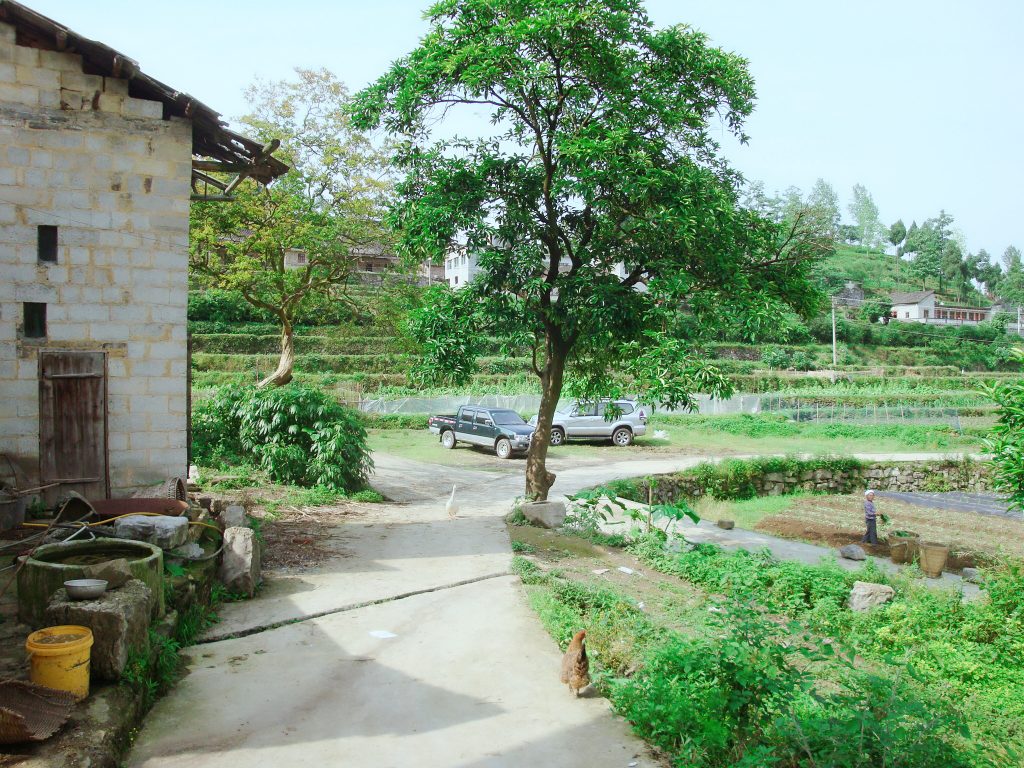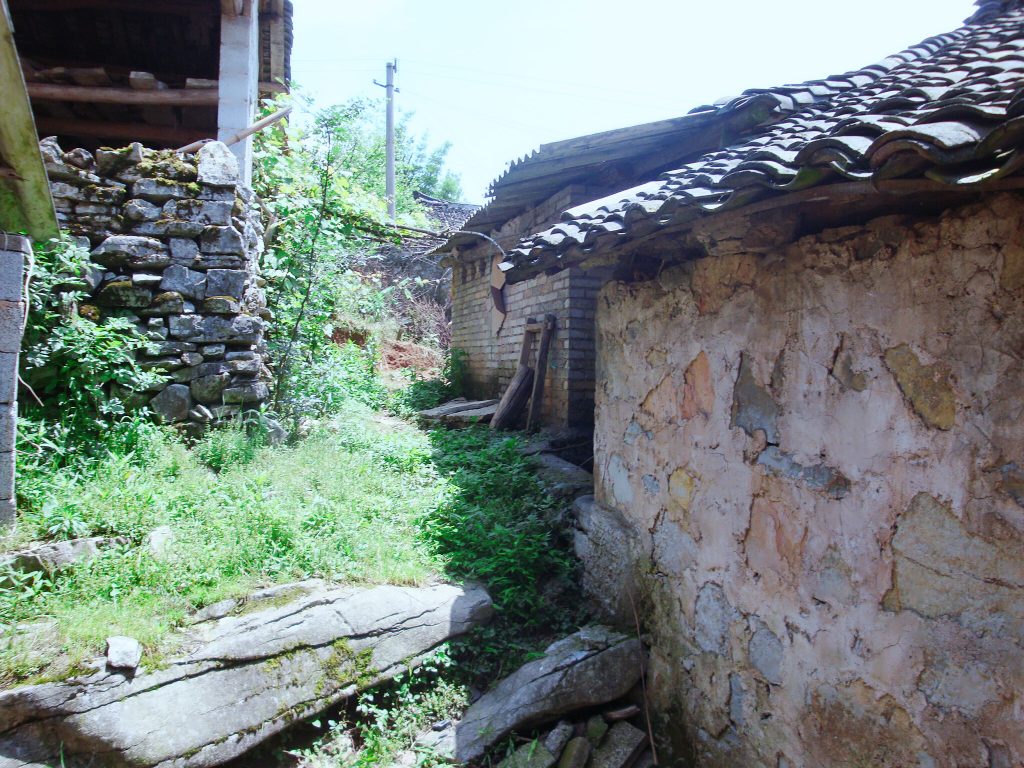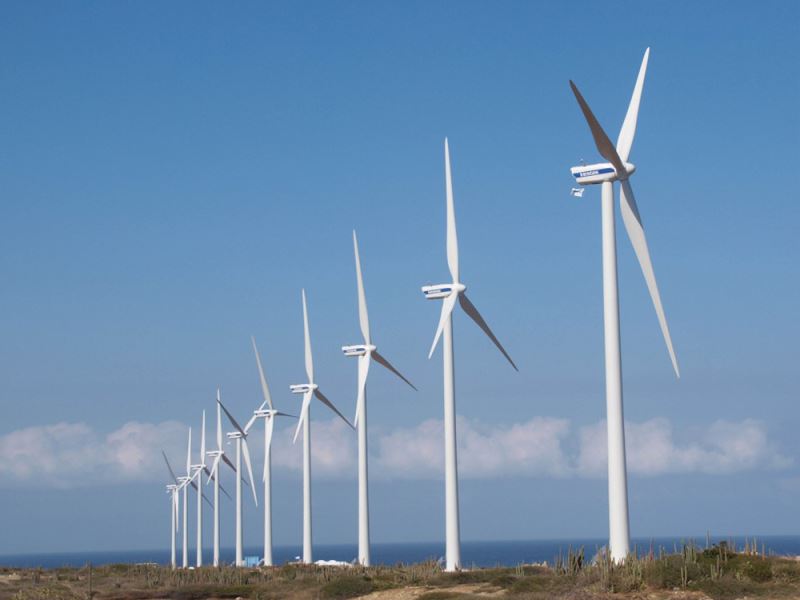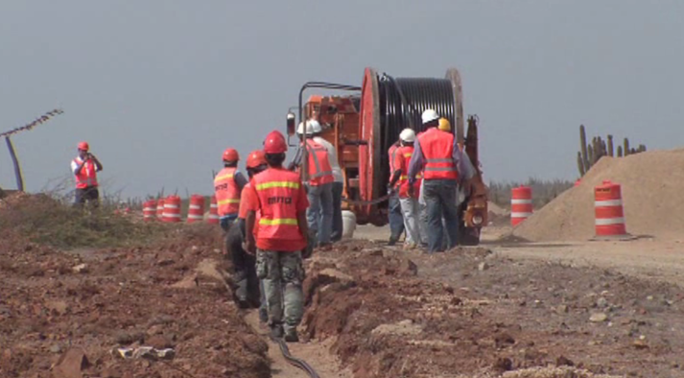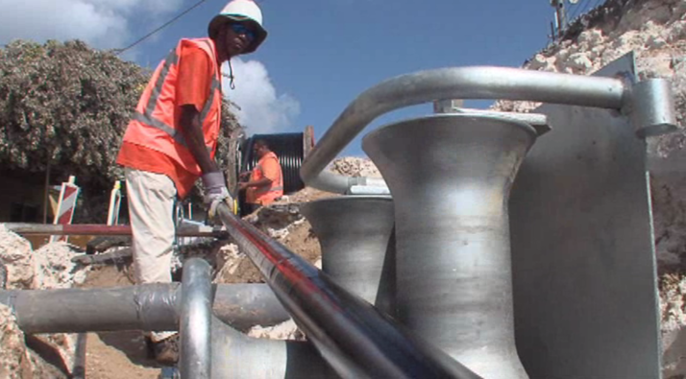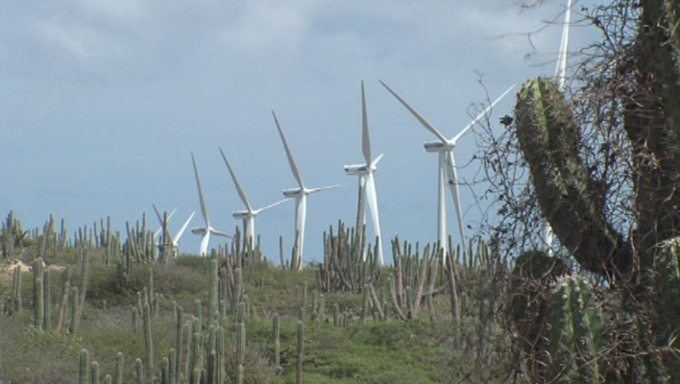Projects focusing on reducing greenhouse gases in the atmosphere can be divided into two main types: nature projects and technical projects.
3.1 Nature Projects
These projects include tree planting and conservation of existing forests. They are strongly encouraged by leading climate initiatives such as Science Based Targets and Exponential Roadmap, and are critical in addressing the climate crisis and the perhaps even greater crisis in biodiversity. Trees are a proven method for capturing carbon dioxide and require no new technology or cost-reducing innovations to be effective.
3.1.1 The Reason We Do Not Support This Type of Project (Yet)
Despite the importance of these projects, there are complexities surrounding land use and the durability of biology that must be addressed. Issues such as the alternative use of land, suitability of tree species, and tree growth under changing climate conditions are important. There is also uncertainty about how long the carbon dioxide actually stays stored in the trees. In addition, many previous tree projects have not lived up to their quality expectations. Higher costs per ton of greenhouse gas compared to emission reduction projects is another challenge.
3.2 Technical Projects
According to the IPCC, it is necessary to remove large amounts of carbon dioxide from the atmosphere in the coming years. Technical projects, or ‘removals,’ are a rapidly growing and exciting area where many companies compete to develop the most effective and cost-efficient methods. For example, ClimeWorks uses giant fans similar to technical trees, and other companies are creating biochar for storage in the soil. This type of project is continuously monitored and evaluated by several initiatives.
3.2.1 The Reason We Do Not Support This Type of Project (Yet)
Currently, the cost of removing one ton of CO2e from the atmosphere using these methods is extremely high, for example, ClimeWorks costs about $1,200 per ton CO2e. Cheaper alternatives include biochar, but they are still costly. Critics argue that these technologies have difficulties scaling up to necessary levels and can distract from the main task of reducing emissions. In addition, paying private companies involves a lack of transparency and third-party certification of climate benefits.
However, we are convinced that the development of this type of project is necessary and are excited to see how the market grows!
Please get in touch at [email protected] if you think we have missed something, we are always open to learning more!
